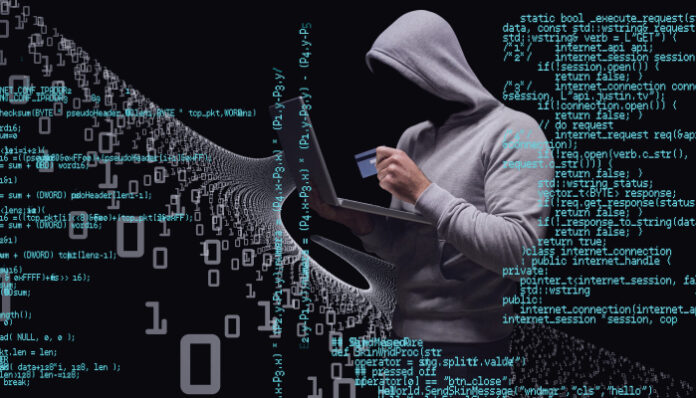Lateral movement is fast becoming the new battleground in a world where initial compromise has become commonplace. A new attack surface has emerged as the perimeter has dissolved.
Lateral movement is a crucial step for attackers trying to access sensitive and critical systems after gaining a toehold on a single system. They can move quickly from one machine to another, positioning themselves for maximum impact.
Today, “patient zero” is vulnerable in various ways, often through malware or exploits. After establishing this beachhead, an attacker will start moving throughout the network by abusing credentials. This widely used access management tool has been a part of every network for many years.
Credentials are crucial in determining access, making them a potent weapon for cybercriminals. Attackers use this to move between machines, escalating access levels to gain more access until they reach their target locations to steal data, drop payloads, or take over other critical assets.
Practically, this is done with various techniques, many of which have been in use for a while. As with anything in cybersecurity, there are plenty of free tools available and publicly available strategies and ways to conduct such attacks.
Also Read: Strengthening Cybersecurity Posture after Successful Cloud Migration
The lateral movement has gained popularity as well-resourced attack groups are no longer the sole source of expertise and software.
Challenges of Primary Lateral Movement Detection
The main challenge to detection is the low footprint of lateral movement. Attackers don’t need any external resources because they live off the land. They succeed in their objectives by manipulating the details of routine systems and procedures. They accomplish this in a “slow and low” way, remaining hidden, so risk controls won’t notice any anomalous processes being carried out.
During this phase of an attack, a threat actor often uses only processes that have been run frequently in an organization and are, in certain cases, highly trusted.
The fact that an attacker is directly manipulating the same thing intended to be the arbitrator of trust by leveraging identity to travel throughout networks is another element influencing this low footprint.
A threat actor can therefore impersonate a fully privileged administrator with the right tools and methods. Their activities are not marked as malicious since there is implicit trust in them.
Hybrid environments make lateral movement detection more challenging. Modern identity is disorganized, combining various cloud-based IDs with legacy on premise identity directories. Platforms that offer identification are fragmented and diverged as enterprises have grown, leaving visibility gaps.
These vulnerabilities offer the upper hand to threat actors who evade detection by the numerous risk mitigation features present on each individual platform and stay off the radar and from logs.
Inability to act is the final challenge to preventing such attacks. Most countermeasures can only hope to alert security teams so they can look for signs of a threat actor moving through their network. However, this often happens too late to stop movement, resulting in either a high-stakes game of cat and mouse or a struggle at the end of an attack chain to stop payloads from being deployed.
Safeguarding Against Lateral Movement Attacks
The first step in preventing lateral movement is having visibility of identity. Capturing, assessing, and understanding the identity data of an entire environment—once thought to be impossible—is now possible and can offer a useful window into lateral mobility. Security teams can acquire a far better knowledge of their risk by mapping this against well-known risk indicators and behaviors.
Another tool in the arsenal for the battle against lateral movement is the implementation of proactive authentication on highly targeted segments of the internal attack surface. This entails incorporating MFA into every aspect of a corporate resource, including access interfaces, critical IT infrastructure, and legacy applications. Multifactor Authentication, a tried-and-true method of controlling access, will significantly increase friction for any bad actor trying to move around.
Also Read: Strategies to Identify Database Security Threats and Vulnerabilities at Early Stage
This should all be accomplished in the diverse modern environment, which is equally crucial. Organizations can only eliminate the vulnerabilities that attackers exploit with a comprehensive approach to identity security that can see the complete hybrid workspace of today on-prem and in numerous different clouds.
Attacks are blocked by preventing lateral movement before they have a chance to take root. However, this can only be done if an organization changes its mindset on identity and eliminates the opportunities it provides for exploitation. When threat actors are blocked in this fashion, patient zero remains at zero.
For more such updates follow us on Google News ITsecuritywire News. Please subscribe to our Newsletter for more updates.









